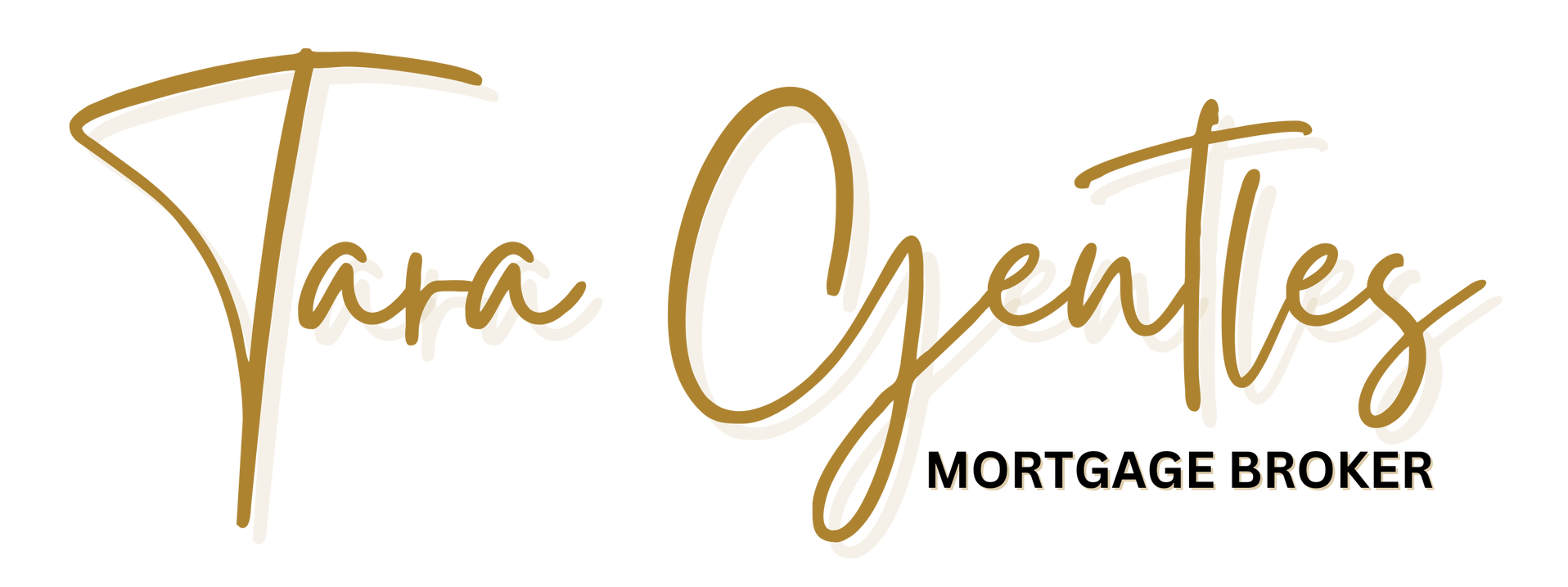Protecting Your Credit Through a Divorce
Tara Gentles • October 17, 2019

No secret here, divorces are challenging, there are a lot of things to think about in a short amount of time. Although finances are often at the forefront of the discussions as it relates to the separation of assets, managing and maintaining personal credit can be swept to the side to deal with later. And unfortunately, this can be devastating as you try to rebuild your life down the road.
So, if you happen to be going through or preparing for a divorce, here are a few things you can do to ensure you make it through with your credit intact.
Manage Your Joint Debt
If you have joint debt, you are both 100% responsible for that debt. Your responsibility for that debt continues even if the debt has been allocated to be paid by your ex-spouse in the divorce settlement. A divorce settlement doesn’t mean anything to the lender.
The problem here is if your ex-spouse falls behind on their payments; if the debt has your name on it, your credit report will be negatively impacted for the next 6 - 7 years.
What you need to do is go through all your joint credit accounts and if possible, cancel them and have the remaining balance transferred into a loan or credit card in the name of whoever will be responsible for the remaining debt. You should not have any joint debts remaining.
It’s also a good idea to check your credit report about 3 - 6 months after making the changes to ensure the changes were made. It’s not uncommon for reporting errors to take place.
Manage Your Bank Accounts
Just as you should separate all your joint credit accounts, it's a good idea to open a checking account in your name and start making all your deposits there as soon as possible. You will want to set up the automatic withdrawals for the expenses and utilities you will be responsible for going forward in your personal account.
At the same time, you will want to close any joint bank accounts you have with your ex-spouse and gain sole access to any assets you have. It’s unfortunate, but even in the most amicable situations, money (or lack thereof) can cause people to make bad decisions, you want to protect yourself by protecting your assets. The last thing you want is for your ex-spouse to drain your bank account.
In addition to opening new accounts, chances are your ex-spouse knows your passwords to online banking and might even know the pin to your bank card. While you’re opening new accounts, take this time to change all your passwords to something completely new, don’t just default to what you’ve always used.
Setup New Credit in Your Name
There might be a chance that you’ve never had credit in your name alone, or that you were a secondary signer on your ex-spouse’s credit card. If this is the case, it would be prudent to set up a small credit card in your name. Don’t worry about the limit, the goal is to just get something in your name alone, down the road things can be changed, and you can work towards establishing a solid credit profile.
If you have any questions about managing your credit through a divorce, please don’t hesitate to contact me anytime. As a mortgage expert, understanding how credit impacts your ability to borrow money in the future is what I work with every day.
Tara Gentles
CANADIAN MORTGAGE EXPERT

RECENT POSTS

Starting from Scratch: How to Build Credit the Smart Way If you're just beginning your personal finance journey and wondering how to build credit from the ground up, you're not alone. Many people find themselves stuck in the classic credit paradox: you need credit to build a credit history, but you can’t get credit without already having one. So, how do you break in? Let’s walk through the basics—step by step. Credit Building Isn’t Instant—Start Now First, understand this: building good credit is a marathon, not a sprint. For those planning to apply for a mortgage in the future, lenders typically want to see at least two active credit accounts (credit cards, personal loans, or lines of credit), each with a limit of $2,500 or more , and reporting positively for at least two years . If that sounds like a lot—it is. But everyone has to start somewhere, and the best time to begin is now. Step 1: Start with a Secured Credit Card When you're new to credit, traditional lenders often say “no” simply because there’s nothing in your file. That’s where a secured credit card comes in. Here’s how it works: You provide a deposit—say, $1,000—and that becomes your credit limit. Use the card for everyday purchases (groceries, phone bill, streaming services). Pay the balance off in full each month. Your activity is reported to the credit bureaus, and after a few months of on-time payments, you begin to establish a credit score. ✅ Pro tip: Before you apply, ask if the lender reports to both Equifax and TransUnion . If they don’t, your credit-building efforts won’t be reflected where it counts. Step 2: Move Toward an Unsecured Trade Line Once you’ve got a few months of solid payment history, you can apply for an unsecured credit card or a small personal loan. A car loan could also serve as a second trade line. Again, make sure the account reports to both credit bureaus, and always pay on time. At this point, your focus should be consistency and patience. Avoid maxing out your credit, and keep your utilization under 30% of your available limit. What If You Need a Mortgage Before Your Credit Is Ready? If homeownership is on the horizon but your credit history isn’t quite there yet, don’t panic. You still have a few options. One path is to apply with a co-signer —someone with strong credit and income who is willing to share the responsibility. The mortgage will be based on their credit profile, but your name will also be on the loan, helping you build a record of mortgage payments. Ideally, when the term is up and your credit has matured, you can refinance and qualify on your own. Start with a Plan—Stick to It Building credit may take a couple of years, but it all starts with a plan—and the right guidance. Whether you're figuring out your first steps or getting mortgage-ready, we’re here to help. Need advice on credit, mortgage options, or how to get started? Let’s talk.

Thinking About Selling Your Home? Start With These 3 Key Questions Selling your home is a major move—emotionally, financially, and logistically. Whether you're upsizing, downsizing, relocating, or just ready for a change, there are a few essential questions you should have answers to before you list that "For Sale" sign. 1. How Will I Get My Home Sale-Ready? Before your property hits the market, you’ll want to make sure it puts its best foot forward. That starts with understanding its current market value—and ends with a plan to maximize its appeal. A real estate professional can walk you through what similar homes in your area have sold for and help tailor a prep plan that aligns with current market conditions. Here are some things you might want to consider: Decluttering and removing personal items Minor touch-ups or repairs Fresh paint inside (and maybe outside too) Updated lighting or fixtures Professional staging Landscaping or exterior cleanup High-quality photos and possibly a virtual tour These aren’t must-dos, but smart investments here can often translate to a higher sale price and faster sale. 2. What Will It Actually Cost to Sell? It’s easy to look at the selling price and subtract your mortgage balance—but the real math is more nuanced. Here's a breakdown of the typical costs involved in selling a home: Real estate agent commissions (plus GST/HST) Legal fees Mortgage discharge fees (and possibly a penalty) Utility and property tax adjustments Moving expenses and/or storage costs That mortgage penalty can be especially tricky—it can sometimes be thousands of dollars, depending on your lender and how much time is left in your term. Not sure what it might cost you? I can help you estimate it. 3. What’s My Plan After the Sale? Knowing your next step is just as important as selling your current home. If you're buying again, don’t assume you’ll automatically qualify for a new mortgage just because you’ve had one before. Lending rules change, and so might your financial situation. Before you sell, talk to a mortgage professional to find out what you’re pre-approved for and what options are available. If you're planning to rent or relocate temporarily, think about timelines, storage, and transition costs. Clarity and preparation go a long way. The best way to reduce stress and make confident decisions is to work with professionals you trust—and ask all the questions you need. If you’re thinking about selling and want help mapping out your next steps, I’d be happy to chat anytime. Let’s make a smart plan, together.

